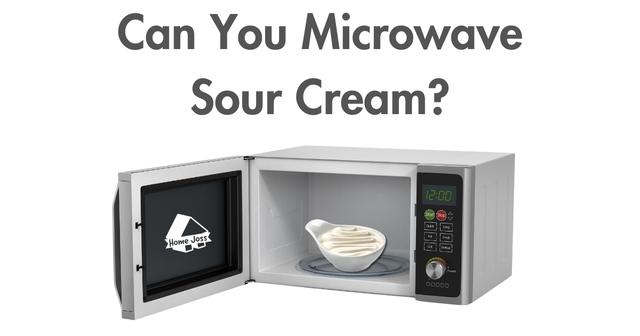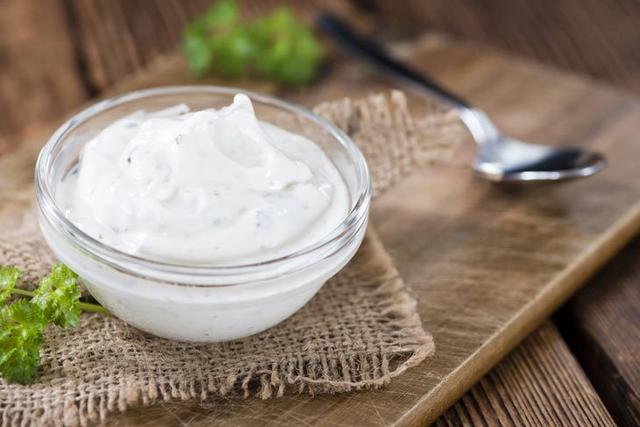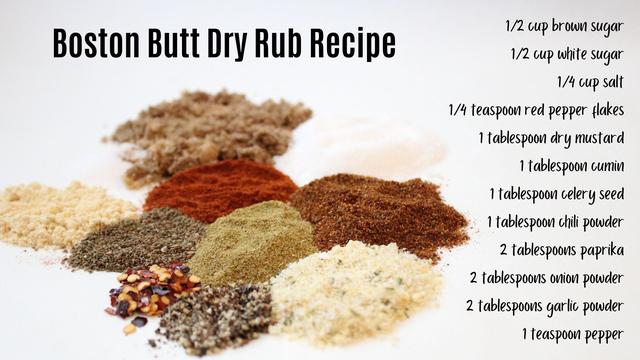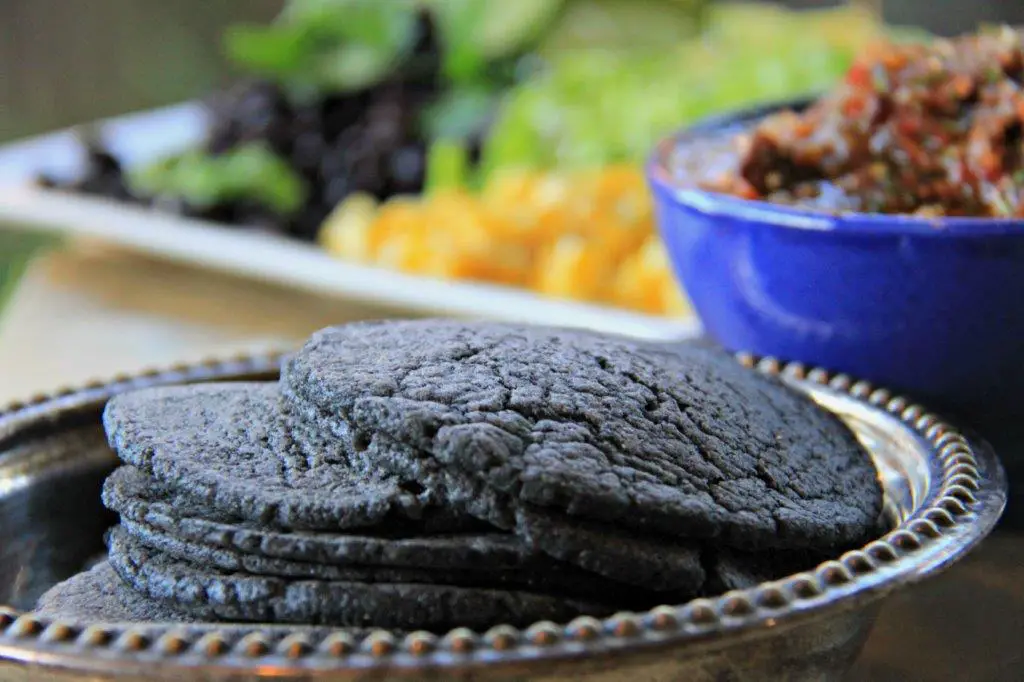
Curious about whether it’s safe to microwave sour cream? This headline explores the potential risks and best practices of microwaving this popular dairy product. Discover expert insights and guidelines to ensure a hassle-free experience with your favorite creamy condiment.
Can You Microwave Sour Cream?

Sour cream, a staple condiment in many recipes, can indeed be safely microwaved. However, there are a few important considerations to keep in mind. Firstly, it is crucial to store sour cream properly in an airtight container in the refrigerator as soon as possible after eating to prevent moisture and bacteria from affecting its quality. If sour cream has been left at room temperature for more than a couple of hours or exposed to high temperatures, it is best to discard it.
When reheating or heating up sour cream in the microwave, it is essential to use a microwave-safe container and avoid plastic containers. It is recommended to heat only small amounts of sour cream at a time, preferably a few tablespoons at most, to achieve optimal results. To prevent curdling, which can result in an unpleasant texture, it is advisable to choose medium or low settings on the microwave and heat the sour cream in fifteen-second intervals while stirring in between until smooth.
Can You Heat Up Sour Cream?
Sour cream, a staple condiment in many recipes, can indeed be heated up or reheated. Whether you have leftover sour cream or need to warm it for a recipe, using the microwave is a convenient option. However, there are a few things to keep in mind to ensure optimal results. Firstly, avoid heating sour cream in plastic containers and use microwave-safe ones instead. It is also important to heat small amounts of sour cream at a time and choose medium or low settings on the microwave to prevent curdling. Stirring the sour cream in fifteen-second intervals will help maintain its smooth texture.
If the sour cream does curdle during microwaving, it is still safe to eat but may have an unpleasant texture. In such cases, it is better to discard it and start fresh. It is worth noting that properly storing sour cream in an airtight container in the refrigerator after use and avoiding leaving it out at room temperature for extended periods will help maintain its quality and safety when microwaving.
Can You Heat Up Sour Cream in the Microwave?
Sour cream is a versatile condiment that can be easily heated up or reheated in the microwave. However, there are a few important things to keep in mind to ensure optimal results. It is crucial to store sour cream properly in an airtight container in the refrigerator as soon as possible after eating. This prevents moisture and bacteria from contaminating the sour cream. When microwaving sour cream, it’s essential to use a microwave-safe container and avoid heating it in plastic containers, as they may release harmful chemicals.
To prevent curdling, which can result in an unpleasant texture, it is recommended to heat sour cream on a medium or low setting rather than high. It’s also advisable to heat small amounts of sour cream at a time, using fifteen-second intervals and stirring in between to ensure smoothness. If the sour cream becomes lumpy or curdled during microwaving, it is best to discard it and start fresh.
If you have leftovers containing sour cream and need to reheat them, it’s ideal to scrape off the sour cream before reheating and add it back afterwards. However, if this process is inconvenient, you can still microwave food with sour cream safely by cooling the dish to room temperature first and using lower heat settings. Alternatively, reheating over a skillet or using an oven can help distribute heat evenly without compromising the texture of the sour cream.
Is it Safe to Microwave Sour Cream?
Microwaving sour cream is safe as long as certain precautions are followed. It is important to store sour cream properly in an airtight container in the refrigerator, especially if it has been sitting at room temperature for more than a couple of hours or in high temperatures. When microwaving sour cream, it is recommended to use a microwave-safe container and avoid heating a large amount at once. Curdling can be prevented by using a medium or low setting on the microwave and heating in fifteen-second intervals while stirring in between.
While curdled sour cream is still safe to eat, it may have an unpleasant texture, so it is better to discard it and start with fresh sour cream. If reheating food that contains sour cream, it is advisable to let the food cool to room temperature before microwaving and using lower heat settings or alternative methods such as skillet or oven reheating for even distribution of heat. However, microwaving leftovers with sour cream can be done safely if stored properly and heated in small intervals.
Can You Reheat Food with Sour Cream in it?

Sour cream is a common ingredient in many dishes, and sometimes we may find ourselves with leftovers that contain sour cream. The question arises – can you safely reheat food with sour cream in it? The answer is yes, but there are a few things to keep in mind to ensure the best results. First and foremost, make sure the sour cream has been properly stored in an airtight container in the refrigerator. Avoid reheating large quantities of sour cream at once and opt for smaller portions to prevent curdling.
If you decide to reheat food with sour cream in it, it is important to take precautions to maintain its texture and taste. Avoid using high temperatures when reheating, as this can cause the sour cream to curdle. Instead, use a lower heat setting on the microwave or consider using alternatives such as reheating over a skillet or using an oven for more even heat distribution. If microwaving, heat the dish in short intervals, stirring in between to ensure smoothness.
While it is generally safe to reheat food with sour cream, be mindful of how long the dish containing sour cream has been sitting at room temperature before reheating. If left out for too long, bacteria may have grown and consuming the dish could lead to illness. It is always better to err on the side of caution and discard any leftovers that have been left out for an extended period of time.
Conclusion

In conclusion, sour cream can be safely microwaved as long as certain precautions are taken. It is important to store sour cream properly in the refrigerator and not let it sit out at room temperature for too long. When heating up sour cream in the microwave, it is best to use a microwave-safe container and heat it on a medium or low setting to avoid curdling. Heating in small intervals and stirring in between will help ensure a smooth texture. If the sour cream does curdle, it is still safe to eat but may not have an ideal texture.
If you are reheating food that has sour cream in it, it is recommended to let the food cool to room temperature before microwaving to prevent curdling. Alternatively, using a skillet or oven for reheating can help distribute the heat more evenly. However, if you are in a hurry or don’t have access to other heating methods, microwaving food with sour cream is still safe.
Overall, by following these guidelines and taking proper precautions, microwaving sour cream can be done effectively and without any negative effects on taste or safety.
In conclusion, while it is technically possible to microwave sour cream, it is not recommended due to the likelihood of separation and texture changes. Heating sour cream can alter its taste and consistency, making it less desirable for certain dishes. It is better to use alternative methods like stovetop heating or adding cold sour cream after microwaving to maintain the desired qualities of this popular ingredient.
Learn More About Grilling
If you want to learn more about grilling, check out these other helpful resources!










